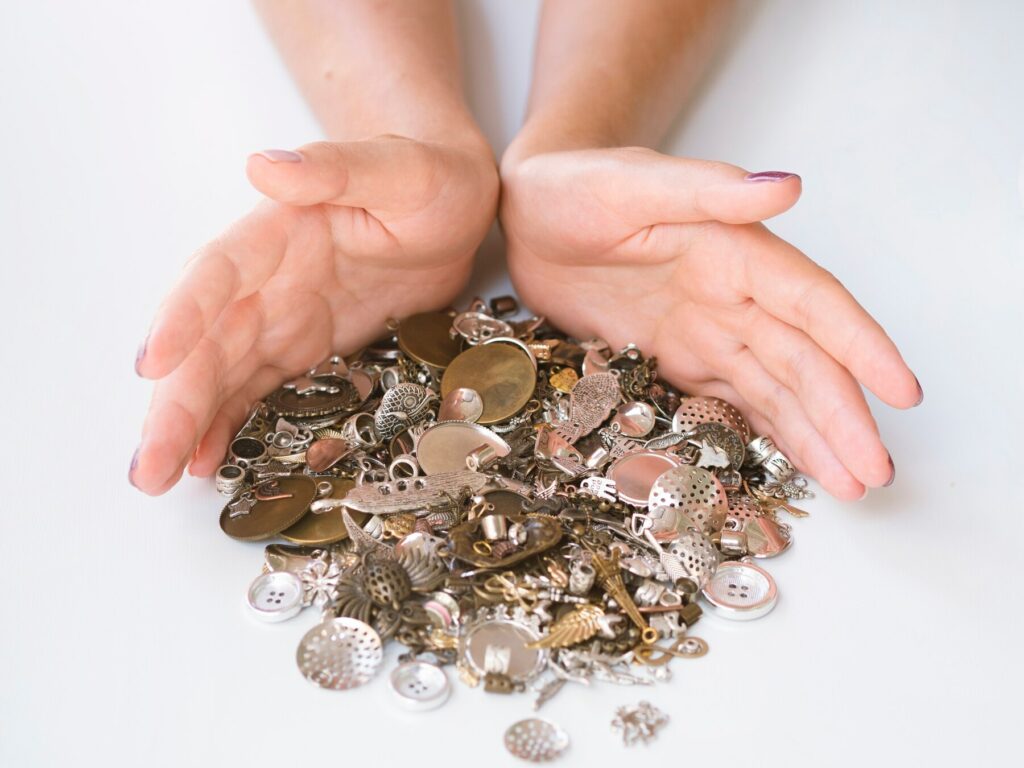Diversify Portfolios with Precious Metals Investments

In investing, precious metals such as gold, silver, platinum, and palladium are unique assets. Unlike stocks or bonds, these metals possess inherent physical value, often moving independently of other market trends. This piece delves into the significance of incorporating precious metals into an investment portfolio for diversification purposes, highlighting their potential to enhance portfolio resilience.
The Timeless Value of Precious Metals
Throughout history, precious metals have been valued for their rarity and beauty. From the gold coins of ancient empires to modern bullion, they have transcended time as symbols of wealth and stability. Their journey from ancient currencies to modern investment options highlights their enduring appeal and stability in value, reaffirming their role as reliable assets in turbulent economic times.
Benefits of Adding Precious Metals to Your Portfolio
- Protection Against Inflation: Precious metals often maintain or increase their value, especially when the buying power of paper money lessens. This characteristic makes them ideal for preserving capital over long periods.
- Stability During Economic Uncertainty: In periods of economic instability, investors frequently turn to precious metals, known for their relatively stable value. Their performance often contrasts with the high volatility in stock markets during such times.
- Enhancing Portfolio Balance: Incorporating precious metals can introduce an asset class that typically shows little correlation with standard stocks and bonds, potentially lowering the overall risk of your investment portfolio. This attribute is particularly valuable in creating a balanced investment approach that can weather various market conditions.
Investment Avenues for Precious Metals
Investors can include precious metals in their portfolios through:
- Direct Ownership: Buying bars or coins of gold, silver, or other precious metals. This method includes considerations for storage and insurance but offers the tangible security of physical assets.
- ETFs and Mutual Funds: These financial products offer exposure to precious metal prices or invest in mining companies without directly owning physical metals. They provide a convenient and liquid means of including metals in an investment strategy.
- Mining Company Stocks: Investing in stocks of companies that mine precious metals. The performance of these stocks is linked to metal prices and the company’s operational efficiency. This option ties the investment to the broader market while still benefiting from the metals market.
Understanding Precious Metals Market Movements
Various factors, including global demand and supply, geopolitical events, currency fluctuations, and trends in the mining industry, influence the value of precious metals. For instance, keeping an eye on the latest silver prices can offer insights into market trends and help make informed investment decisions. These factors make the metals market dynamic and sometimes unpredictable, and knowledge of these factors is key to informed investing in this sector.
Risks Associated with Precious Metals
Despite their advantages, precious metals investments also carry certain risks:
- Market Fluctuations: Prices can be quite volatile over short periods. This volatility can be driven by global economic changes or shifts in investor sentiment.
- Absence of Regular Income: Unlike some investments, holding physical precious metals does not yield income like dividends. This factor should be considered in the context of overall portfolio income strategies.
- Additional Costs: Owning physical metals requires secure storage and insurance, which can add to the overall cost. These costs need to be weighed against the potential benefits of the investment.
Effective Strategies for Precious Metals Investment
To optimise the benefits of precious metals, consider:
- Adopting a Long-Term Outlook: Treat these investments as a means to safeguard value over time rather than for immediate gains. This long-term perspective aligns with the historical performance of metals.
- Balanced Allocation: A recommended approach is to allocate a moderate proportion, often suggested as 5-10%, of your total investment portfolio to precious metals. This allocation should be adjusted according to individual risk tolerance and investment goals.
- Diversifying Within Metals: Spread your investments across various types of precious metals and investment methods for broader risk management. This approach helps mitigate risks specific to any single metal or investment form.
Periodic Review and Adjustment of Metals Investments
It is wise to regularly revisit your precious metals investments, adjusting them in line with your overall investment strategy, market trends, and personal financial goals. This ongoing review ensures that your investment in precious metals aligns with your evolving financial landscape.
Conclusion
Integrating precious metals into an investment portfolio can offer strategic diversification benefits. While these metals can be a buffer against inflation and market fluctuations, a balanced and informed approach is crucial. Understanding their unique market dynamics and incorporating them judiciously into an investment plan can strengthen your portfolio’s resilience and potential growth, providing a solid foundation for long-term wealth preservation.
